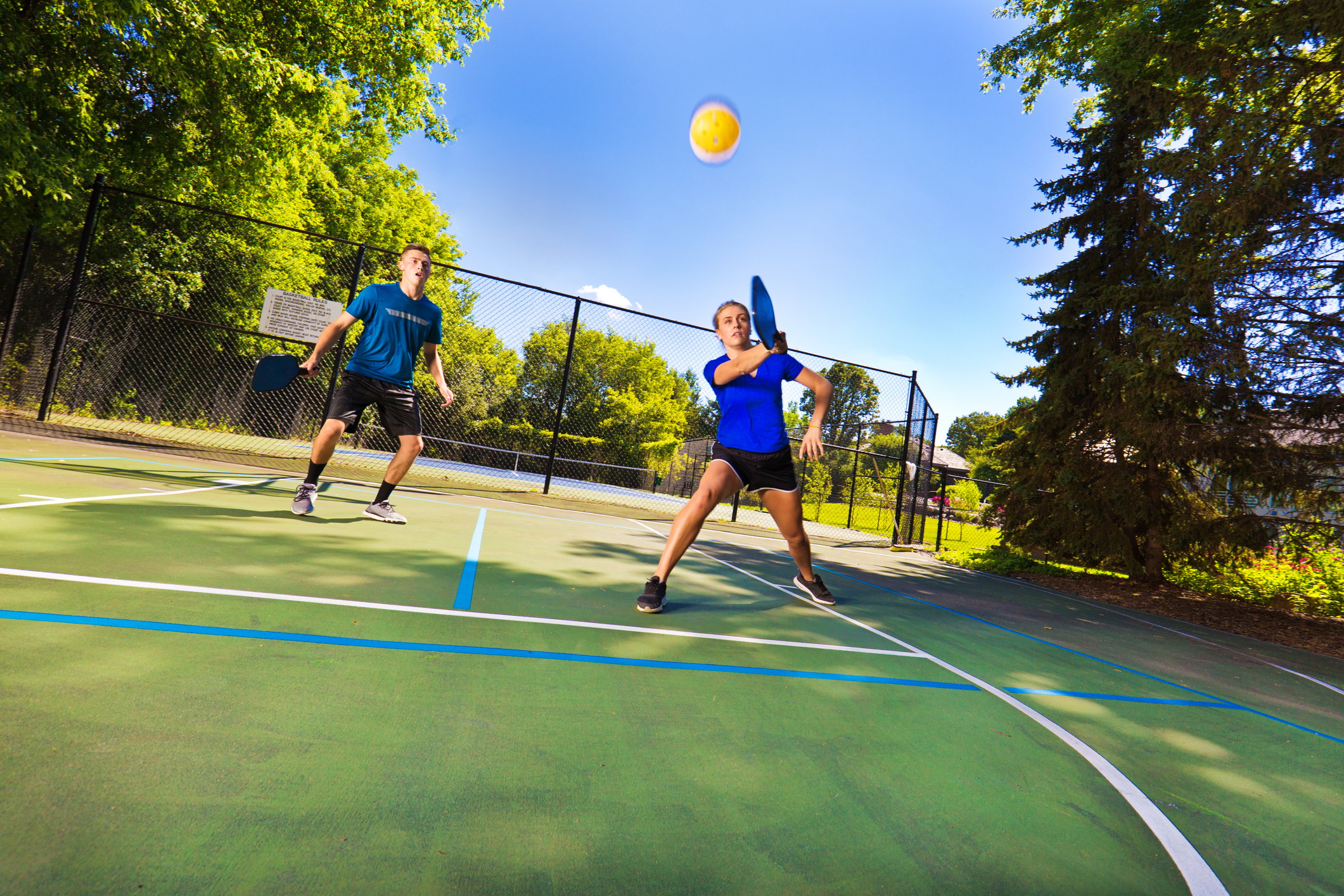

Understanding the Wholesale Cost of Building a Padel Court
As the popularity of padel continues to surge globally, many entrepreneurs and sports enthusiasts are keen to invest in building their own courts. Padel, a racket sport that combines elements of tennis and squash, offers an engaging and social experience, attracting players of all skill levels. However, before embarking on such an investment, it’s essential to have a clear understanding of the wholesale costs involved in building a padel court.
Key Components of Padel Court Construction
1. Court Dimensions and Design A standard padel court is 20 meters long and 10 meters wide, enclosed with walls that are typically 3 to 4 meters high. The design includes features like glass walls and a turf surface. The specific dimensions and quality of materials chosen can heavily influence the overall cost. For wholesale builders, it is crucial to adhere to these specifications to meet official regulations, as well as to ensure a high-quality playing experience.
2. Surface Material The choice of surface plays a significant role in the cost. The most common options are artificial grass and acrylic surfaces. Artificial grass, preferred for its durability and traction, costs between $10 to $20 per square meter wholesale. Acrylic surfaces, while often cheaper initially, may require more maintenance, influencing long-term costs. Therefore, evaluating the pros and cons of these surfaces is vital for budget planning.
3. Structural Elements The framework and support structures, including posts and fencing, are essential for a robust court. Wholesale costs for fencing can vary widely depending on materials such as galvanized steel or PVC-coated wire, typically ranging from $20 to $40 per meter for the fence. The court's structural design also needs to incorporate drainage and foundation work, which can add another significant layer to the total cost.
4. Lighting and Accessories Adequate lighting is crucial for evening play, and the cost of a lighting system can range from $5,000 to $15,000 depending on the intensity and coverage required. Wholesale costs for fixtures, poles, and wiring should be included when estimating total expenses. Other accessories such as nets, scoreboard systems, seating for spectators, and benches can also add to the budget, typically amounting to several thousand dollars.

5. Labor Costs While materials represent a large portion of the budget, labor costs are another critical factor. Construction crews specializing in sports facilities often charge premium rates. It's essential to obtain multiple quotes to ensure competitive pricing while maintaining quality. Depending on the region, labor costs can account for 30% to 50% of the total project expenditure.
6. Permits and Regulations Before construction can begin, obtaining the necessary permits from local authorities is important. The costs associated with permits can vary by location, potentially adding hundreds or even thousands of dollars to the total investment. It’s necessary to factor these compliance-related expenses into the overall budget to avoid any legal issues that could delay the project.
Total Cost Estimate
Overall, the wholesale cost of building a padel court can range widely, typically falling between $30,000 to $100,000, depending on all the factors outlined above, such as location, materials, and design complexity. A more basic, community-level court might cost on the lower end, while a high-quality, commercially viable facility could reach the higher thresholds.
Conclusion
Investing in a padel court is an exciting opportunity in a rapidly growing sport that promotes fitness and social interaction. Understanding the wholesale costs associated with building a court can help investors make informed decisions. By carefully considering each component—from materials to labor—potential builders can ensure that they create a facility that meets their needs while staying within budget. As the sport continues to gain traction, having a well-constructed padel court could also serve as a lucrative business venture. Proper planning and cost management will be key to this successful transition into the exciting world of padel.
High-Performance Industrial Flooring Solutions China Paddle Tennis Court for Sale
High-Performance Industrial Flooring Solutions Durable & Cost-Effective
Homogeneous Transparent Floor – Durable & Stylish Rubber Floor Solutions
Premium Homogeneous Transparent Floor for Durable & Stylish Spaces Rubber Floor Solutions
Premium Sports Floor Solutions Durable PVC Sports Floor & Rubber Floor for Gyms
Durable Rubber Composite Floor Premium Rubber Floor & Mats Solutions